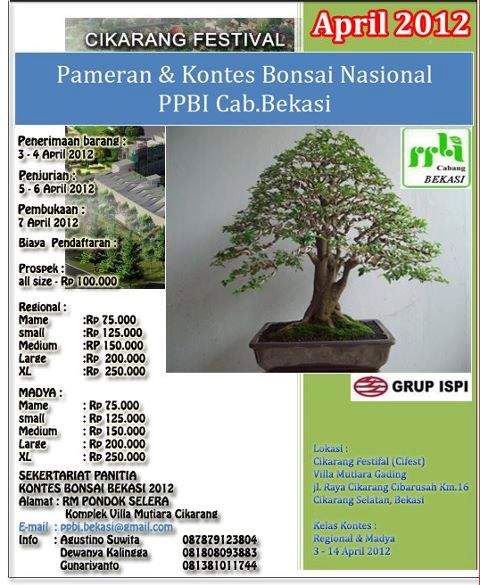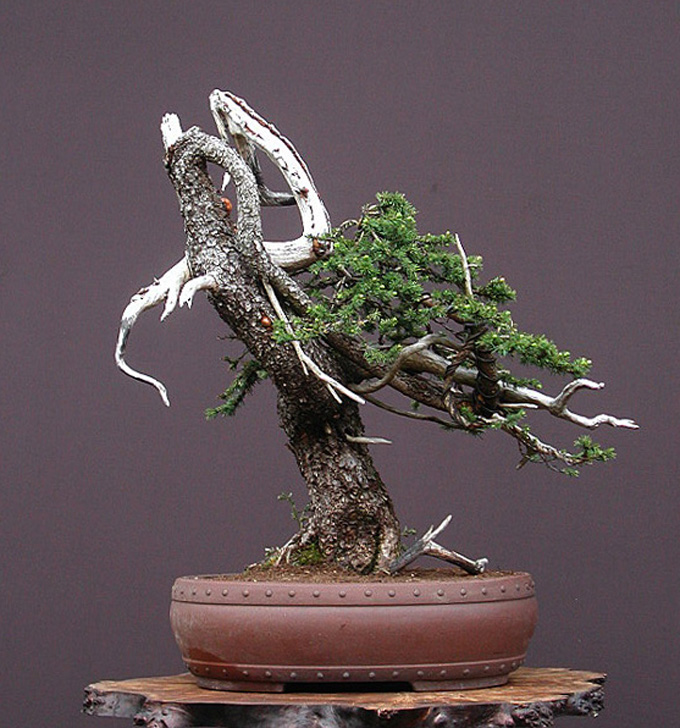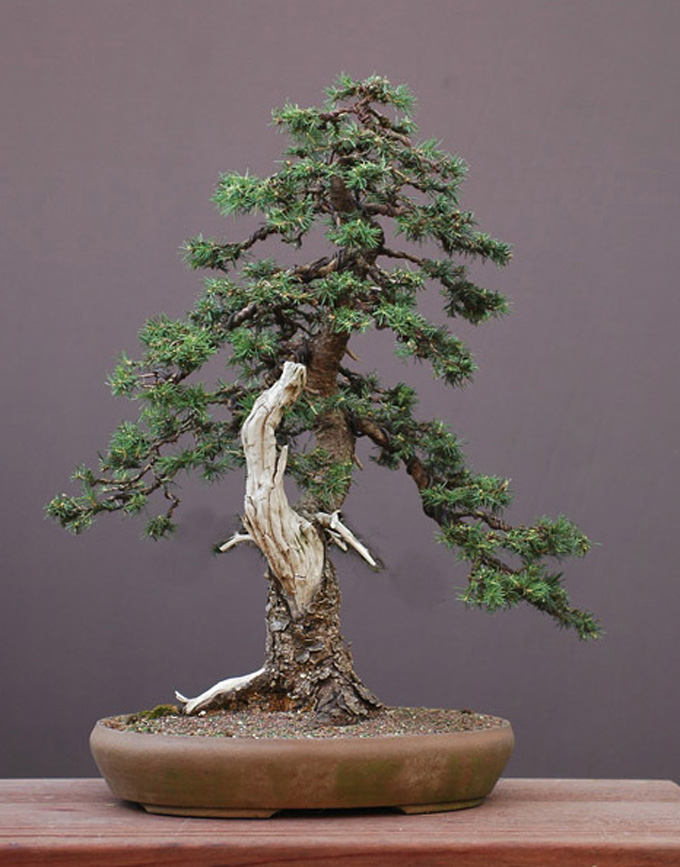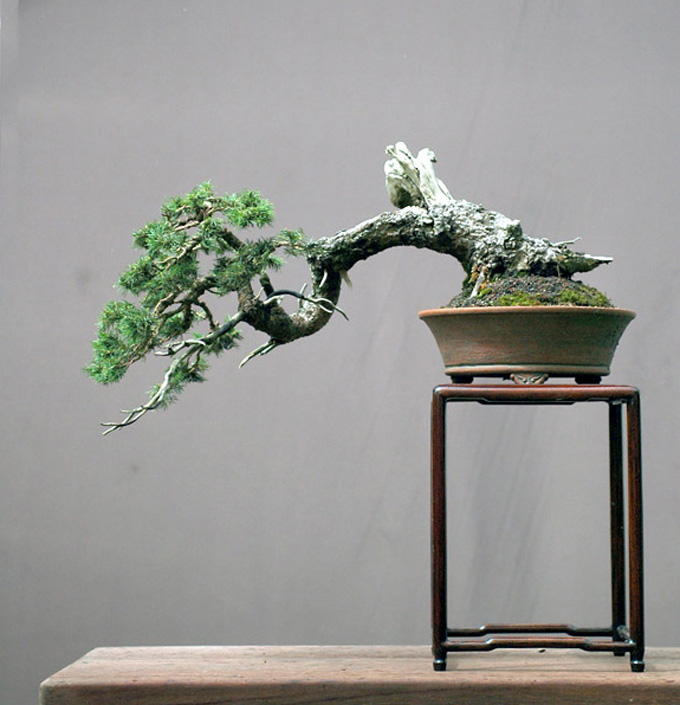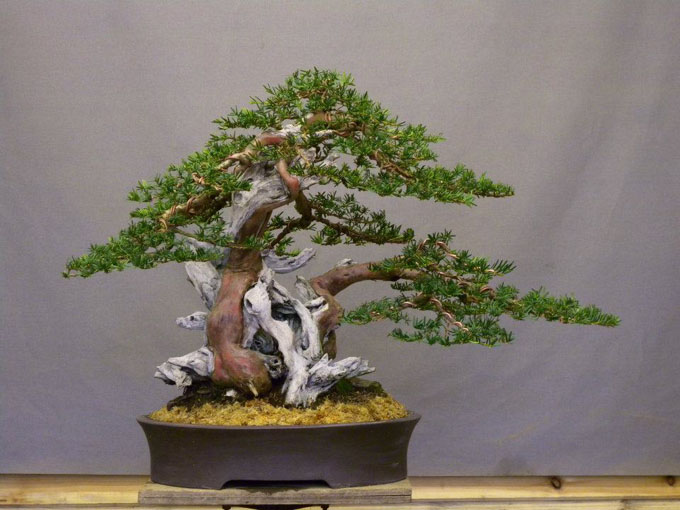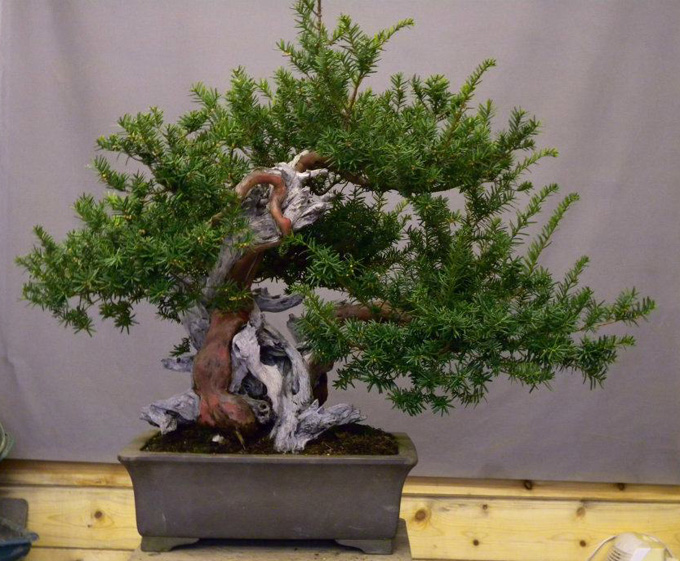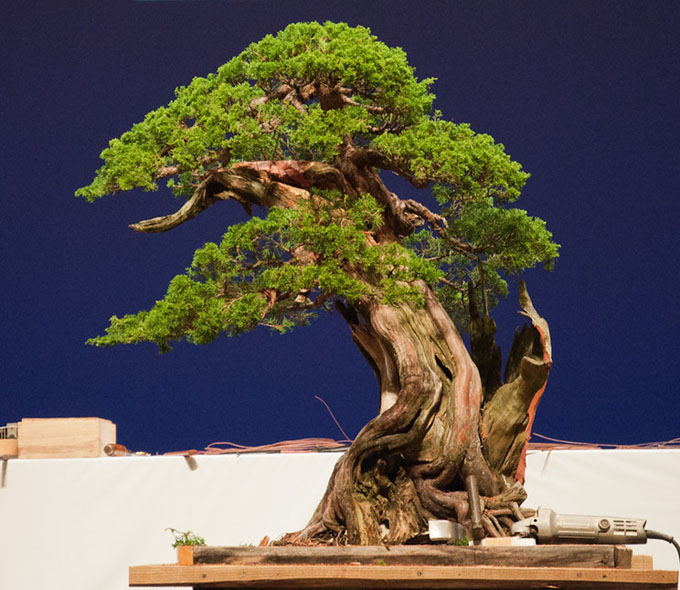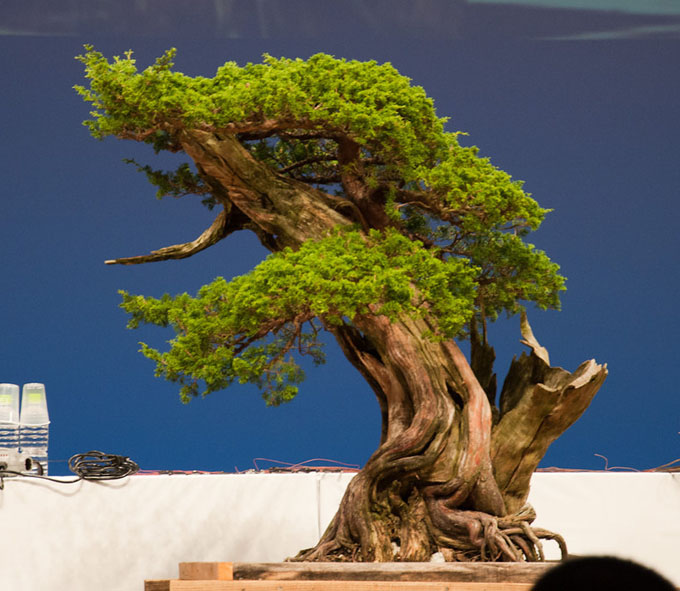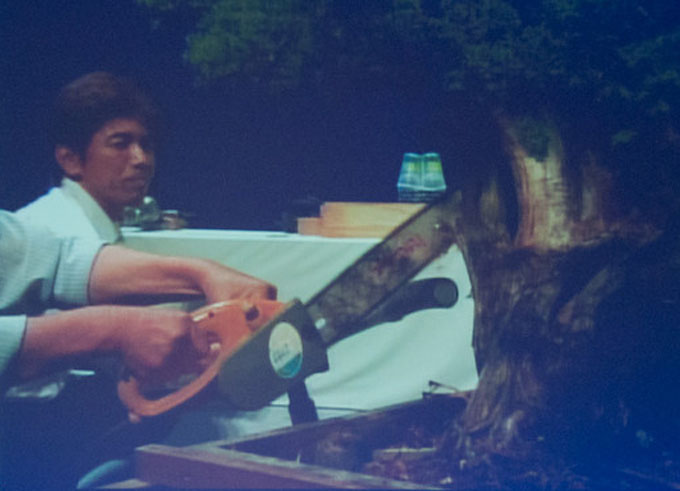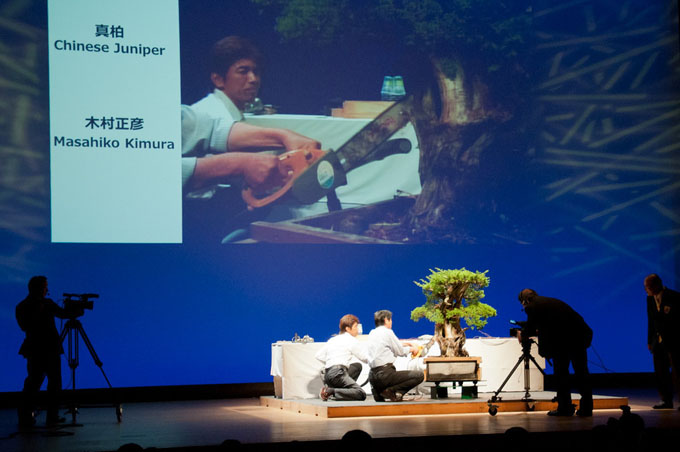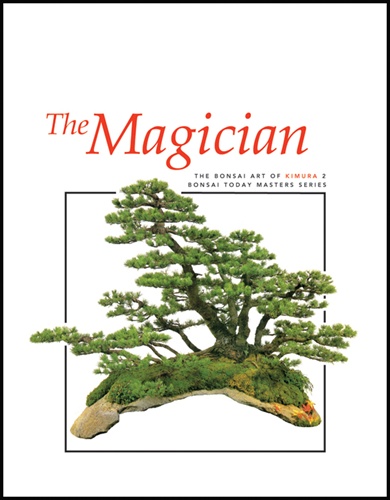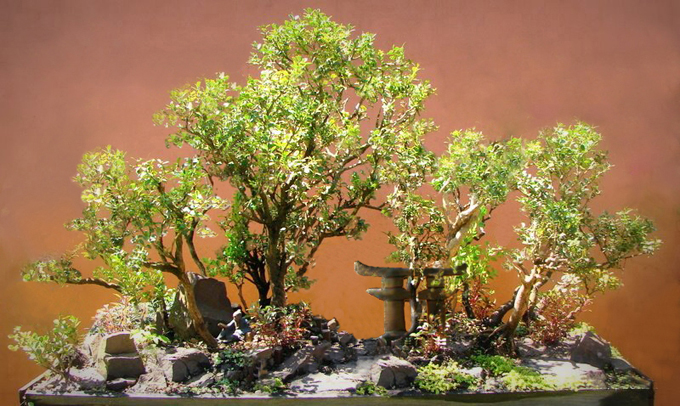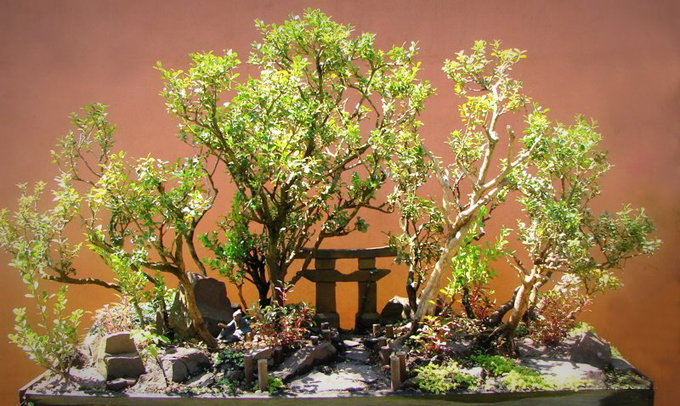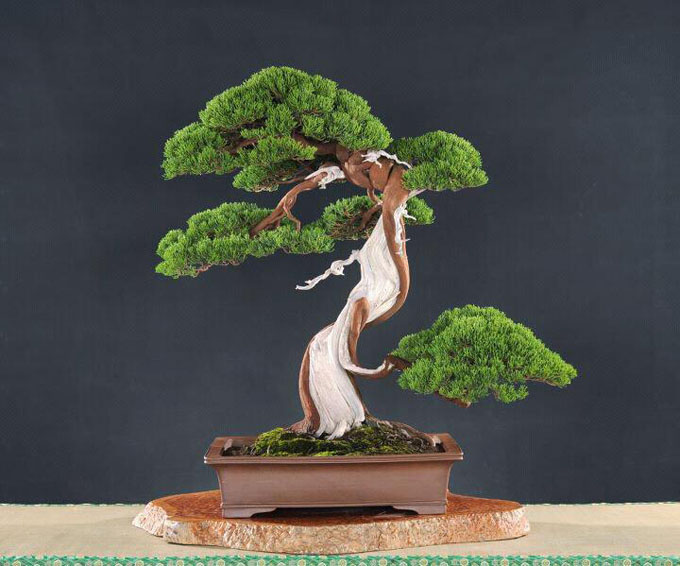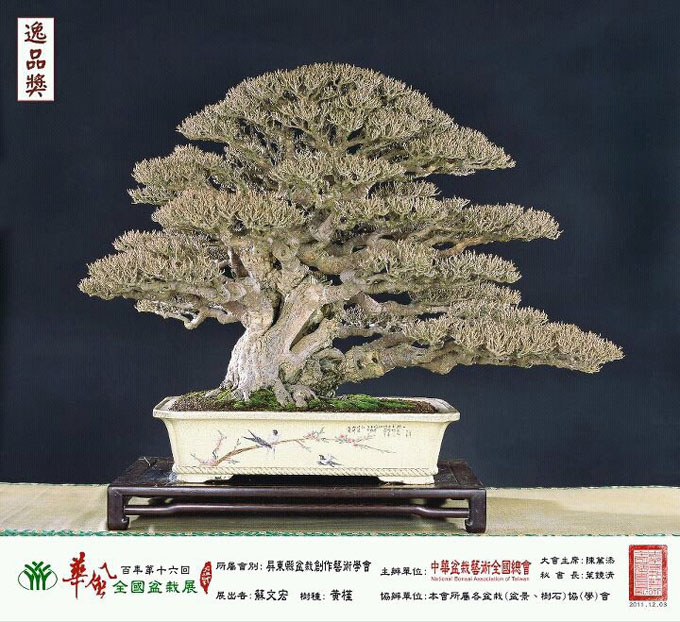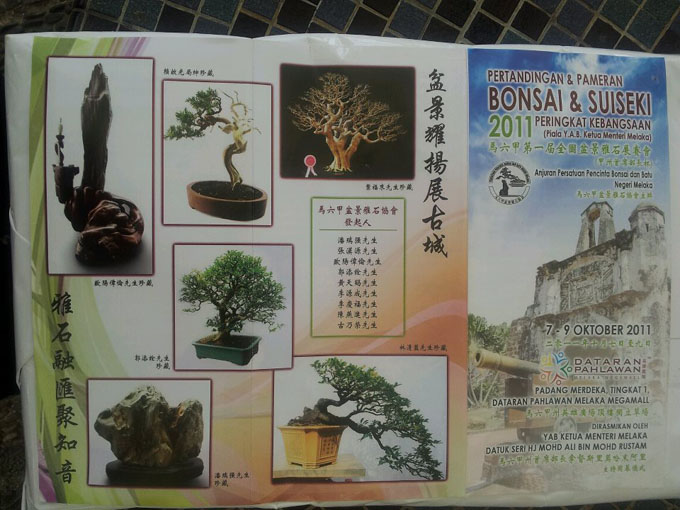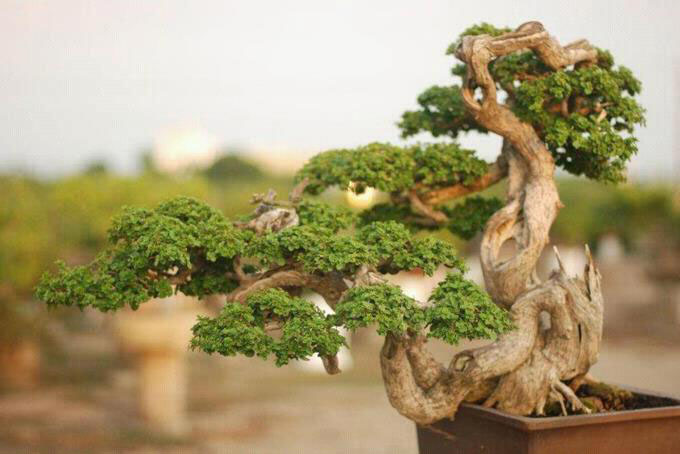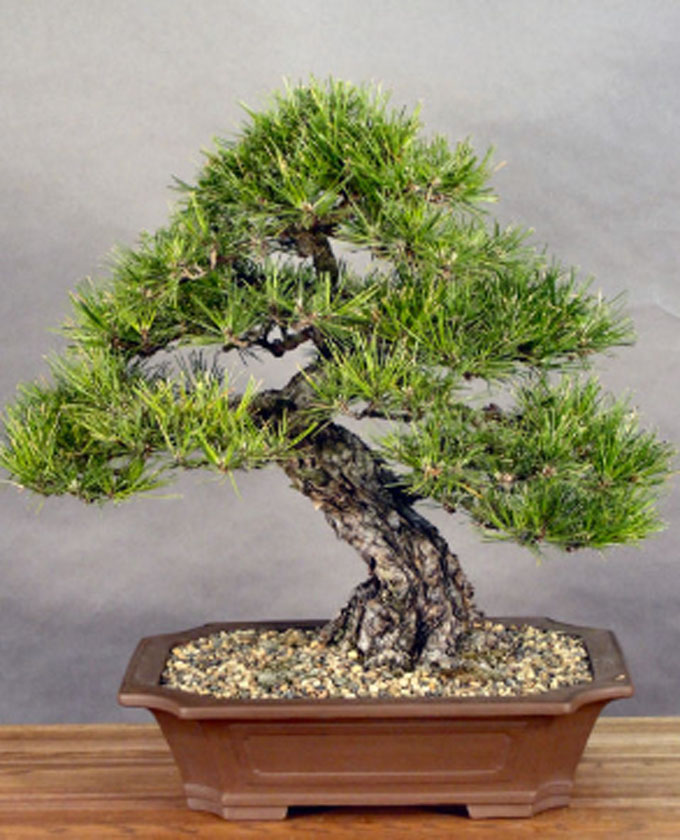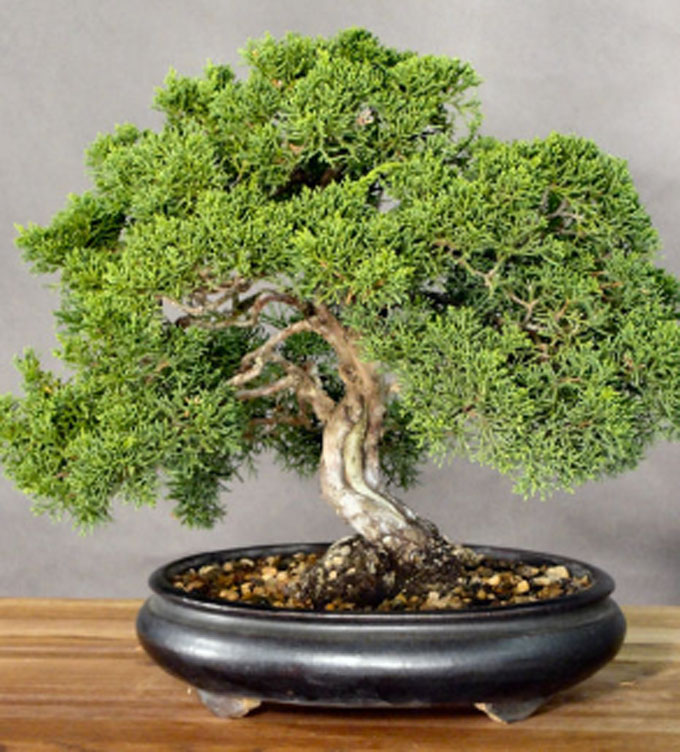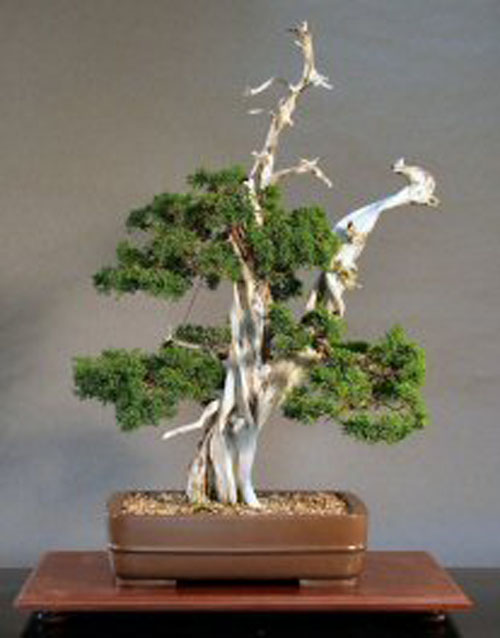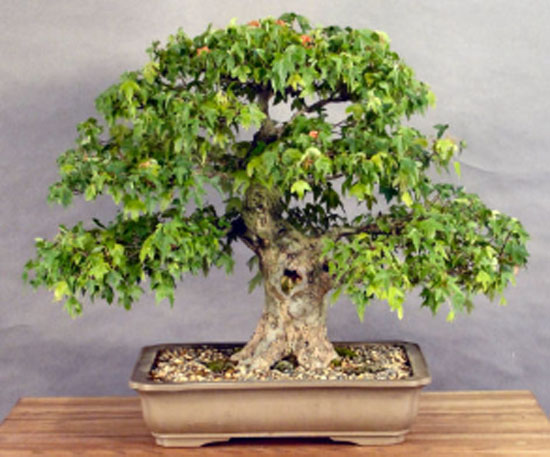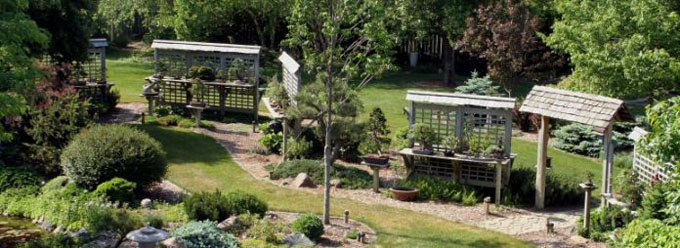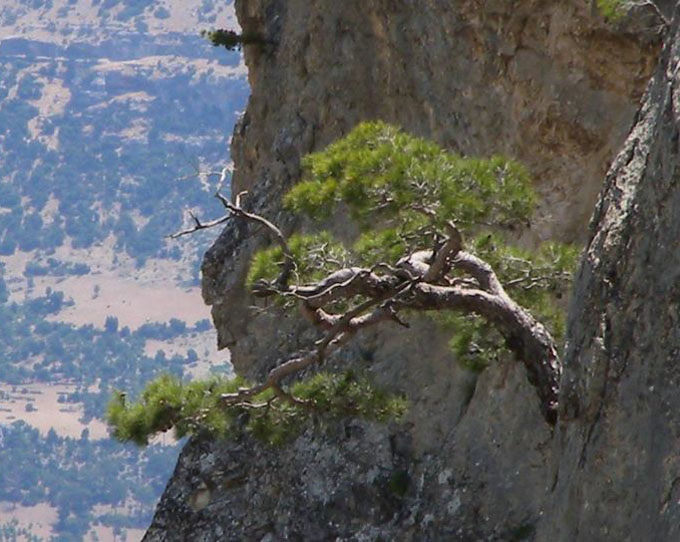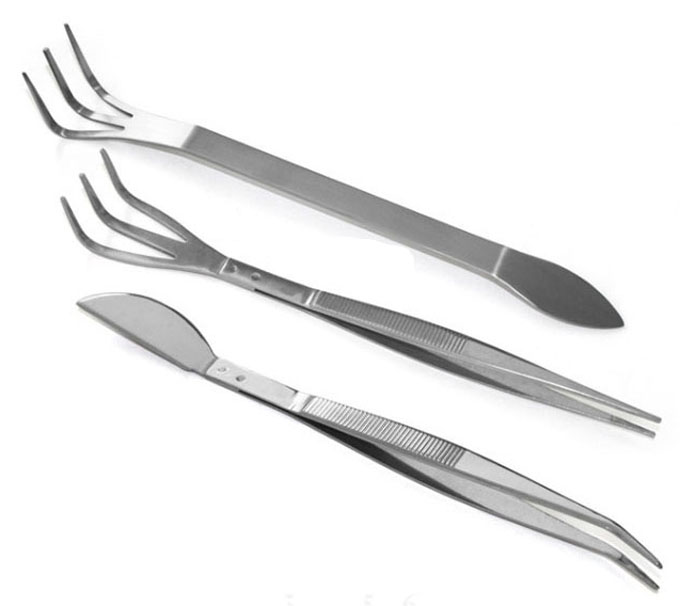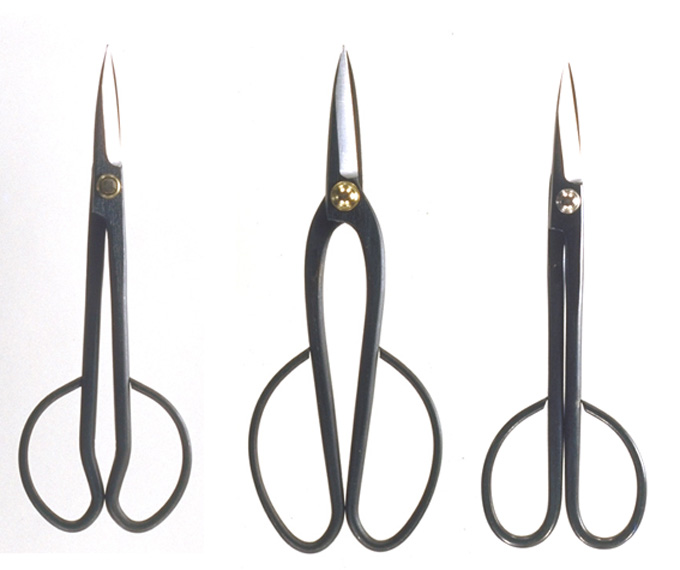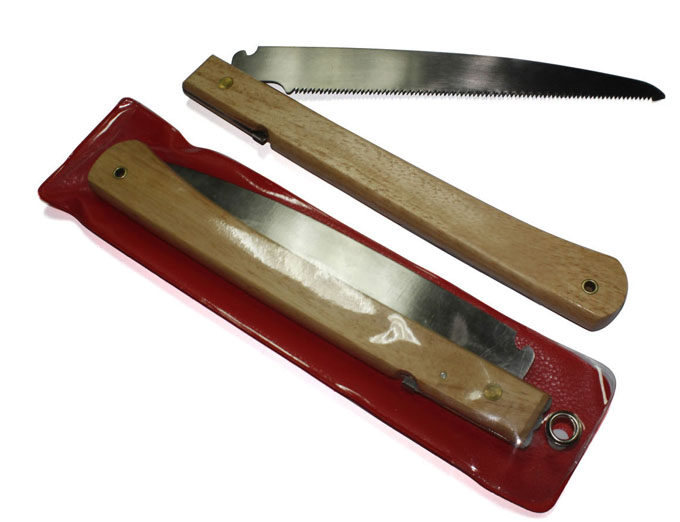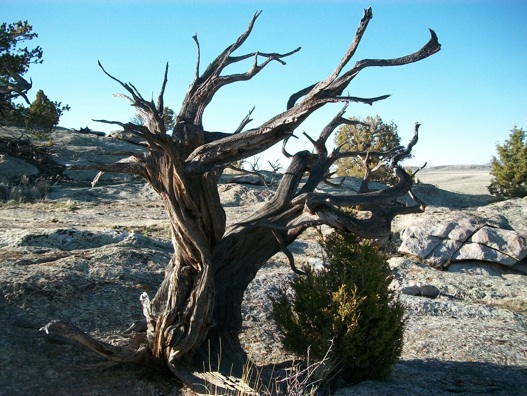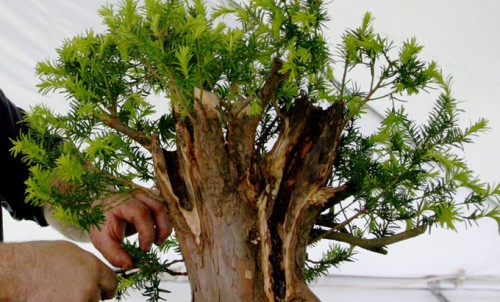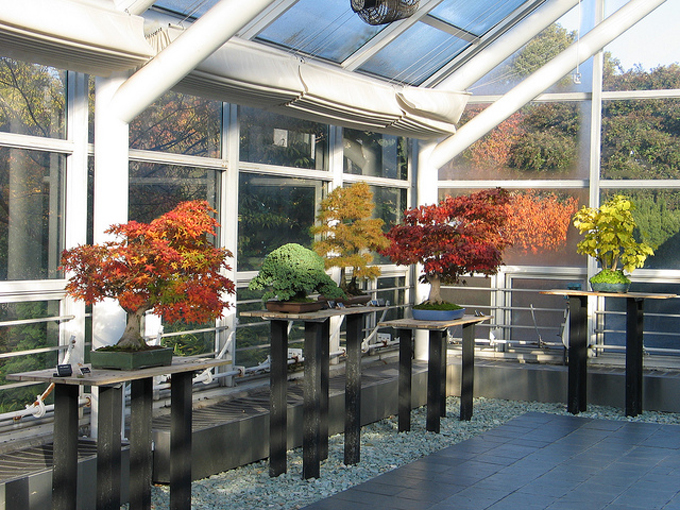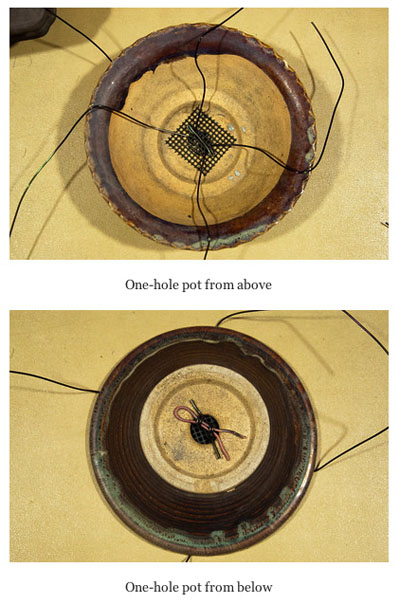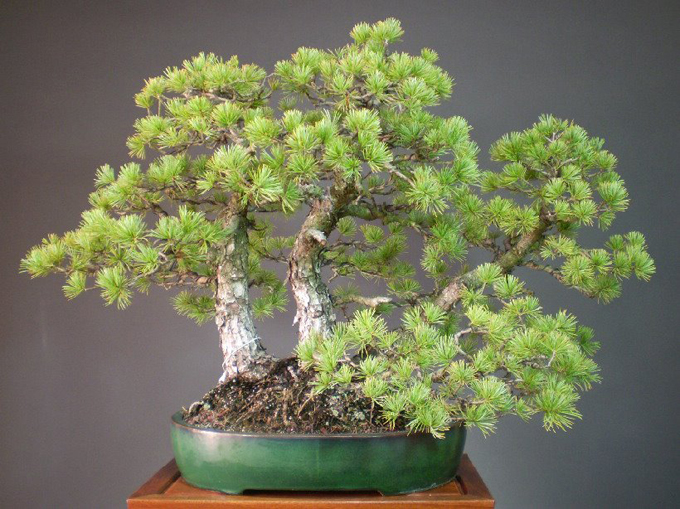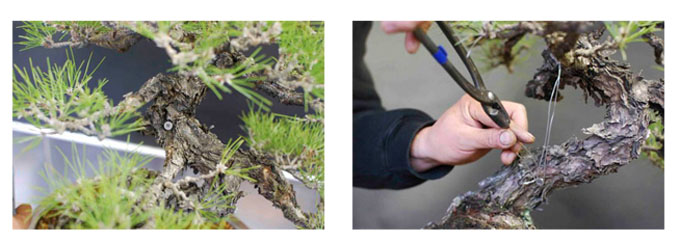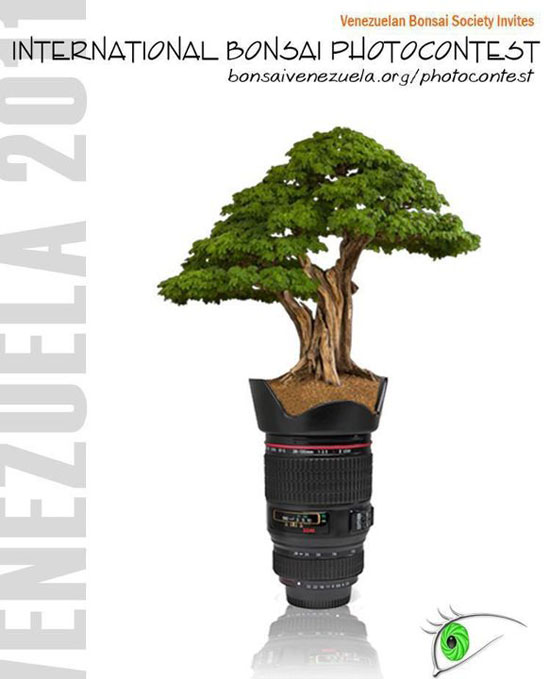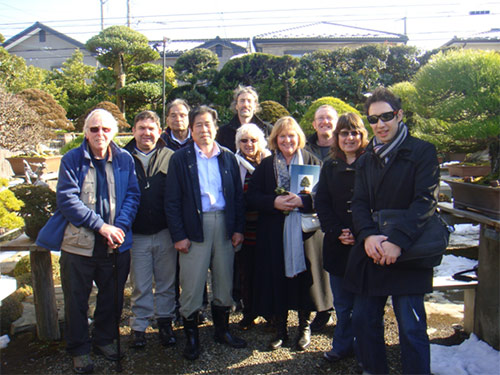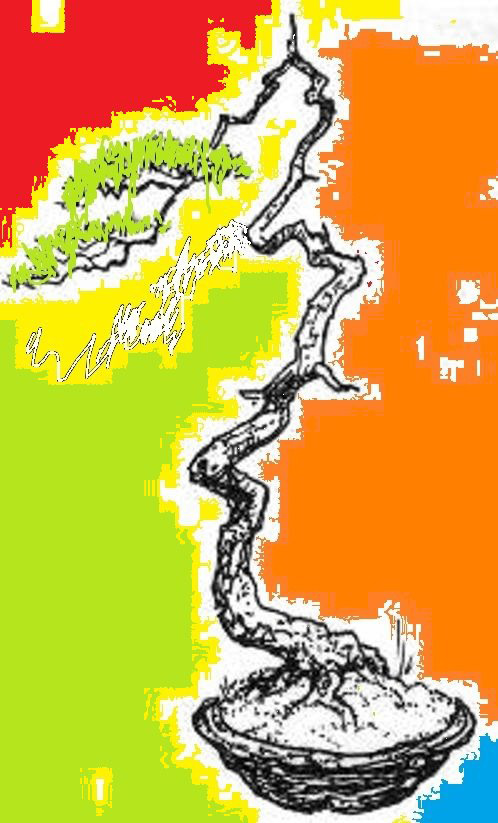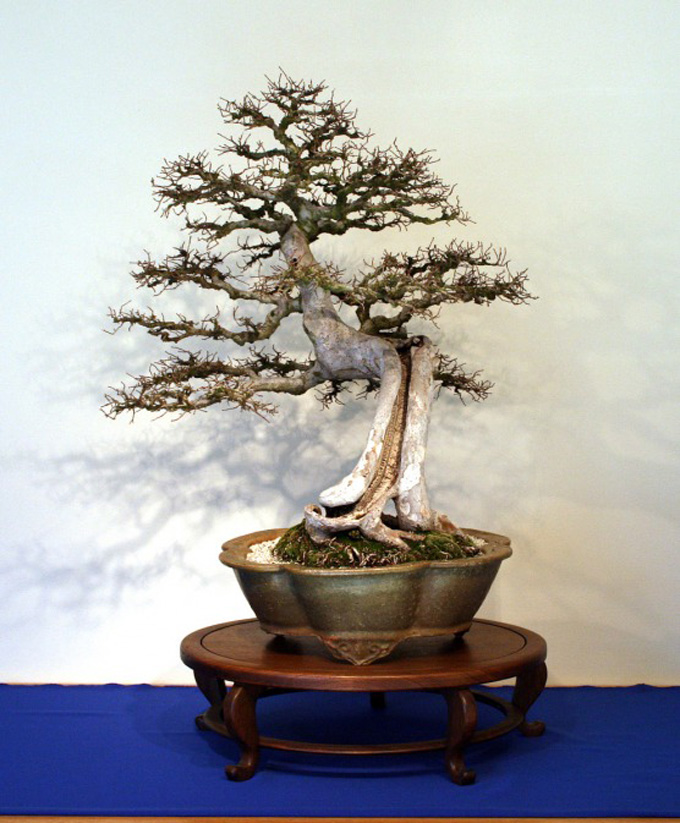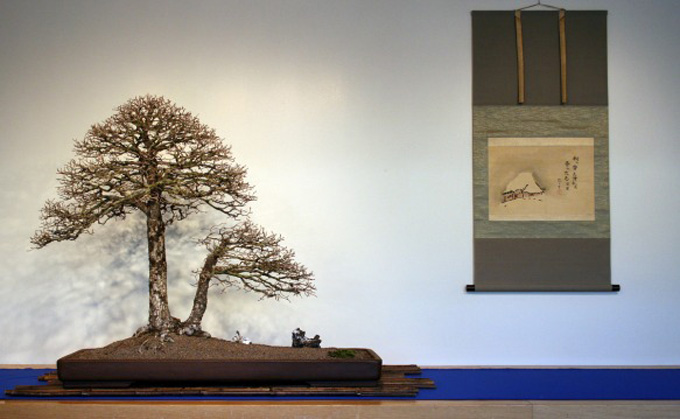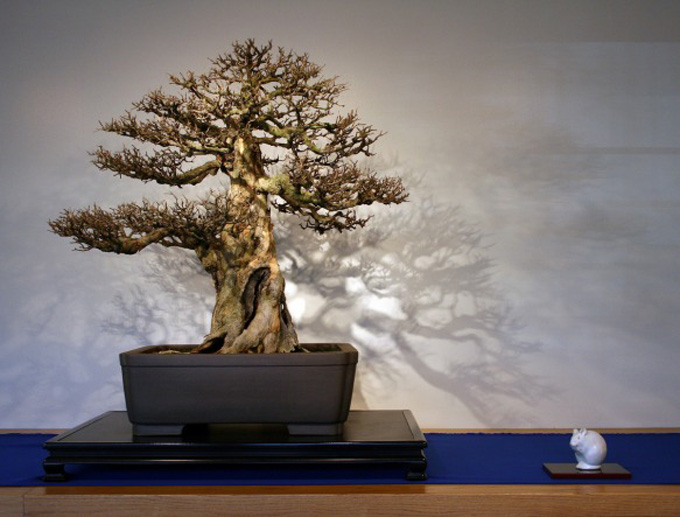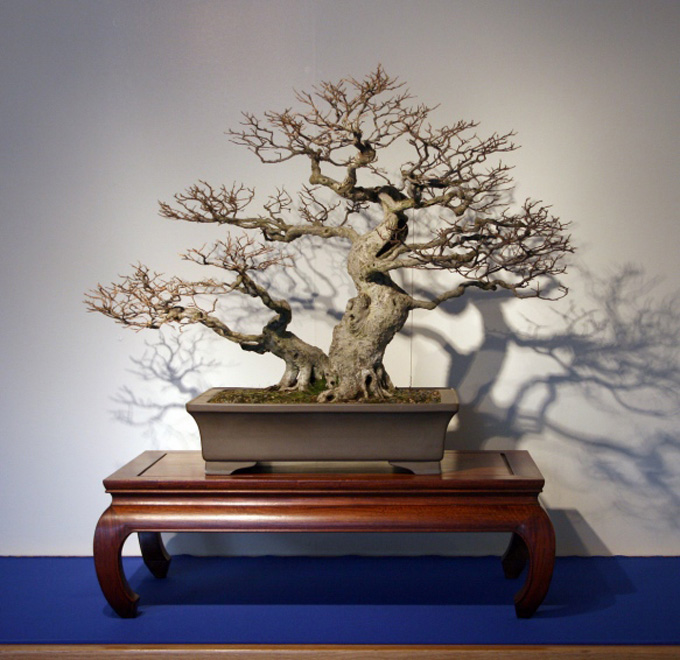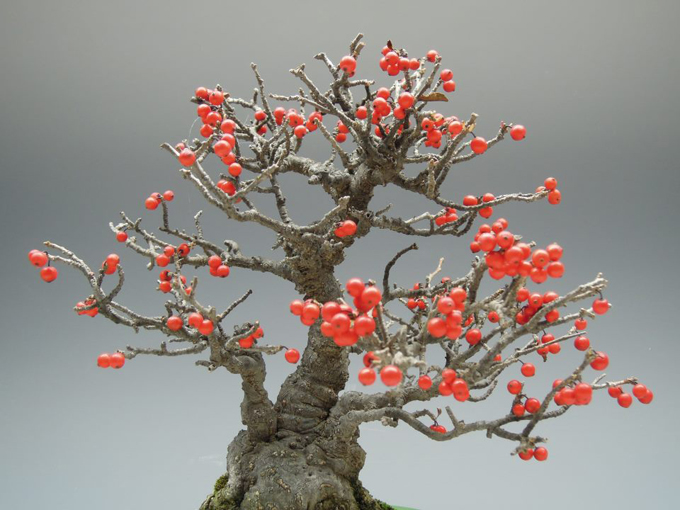 Remember Isao Omachi? Isao’s house and bonsai nursery were swept away in the tsunami. That’s the tough news. The good news is that hundreds, maybe thousands of people in our international bonsai community donated to help Isao and his family get back on thier feet. As a result of this effort (and Isao’s and his family’s determination) Isao is back doing what he loves. This is our good fortune; Isao is one of the featured bonsai artists at the Mid Atlantic Bonsai Societies 2012 Spring Festival. This sweet colorful bonsai is from Isao facebook page. It looks like a Japanese winterberry.
Remember Isao Omachi? Isao’s house and bonsai nursery were swept away in the tsunami. That’s the tough news. The good news is that hundreds, maybe thousands of people in our international bonsai community donated to help Isao and his family get back on thier feet. As a result of this effort (and Isao’s and his family’s determination) Isao is back doing what he loves. This is our good fortune; Isao is one of the featured bonsai artists at the Mid Atlantic Bonsai Societies 2012 Spring Festival. This sweet colorful bonsai is from Isao facebook page. It looks like a Japanese winterberry.
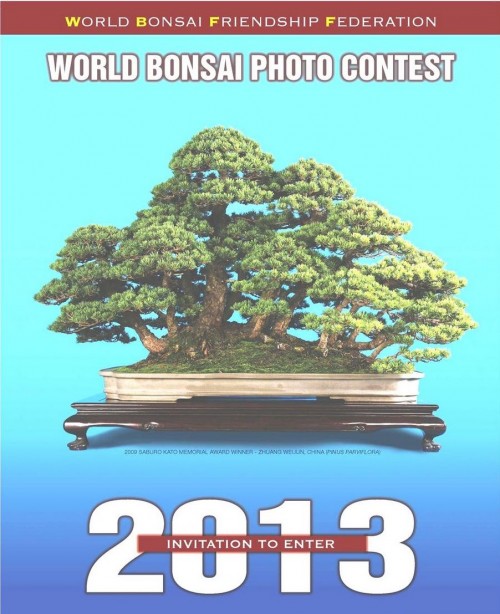 Planning ahead. Like to take photos of bonsai? This is your chance.
Planning ahead. Like to take photos of bonsai? This is your chance.
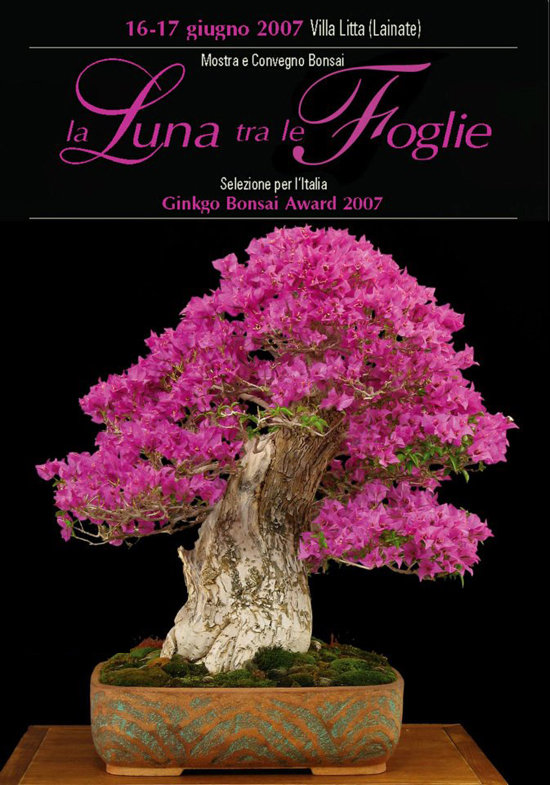 Better hurry if you’re going to make this 2007 Ginkgo show. This photo may be ancient history by now, but I couldn’t resist. It’s not just the blazingly beautiful blooms and the thick thick trunk, though those are surely enough to warrant a look. But how about that pot? Have you ever seen one quite like it?
Better hurry if you’re going to make this 2007 Ginkgo show. This photo may be ancient history by now, but I couldn’t resist. It’s not just the blazingly beautiful blooms and the thick thick trunk, though those are surely enough to warrant a look. But how about that pot? Have you ever seen one quite like it?
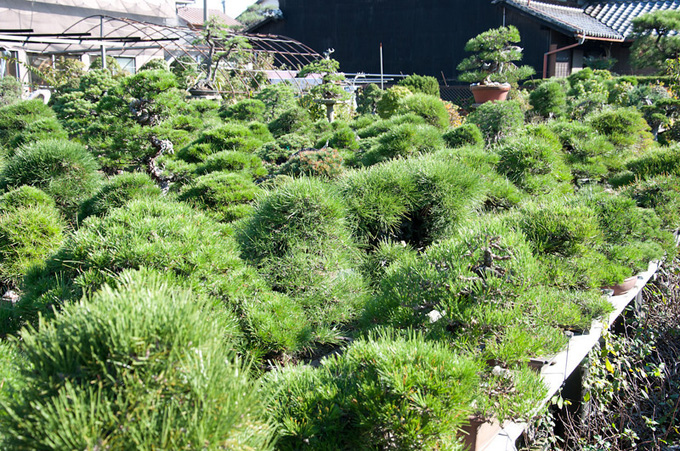 Sea of pines. From Jonas Dupuich’s six week apprentice experience at Aichi-en nursery (that’s where Peter Tea is serving his much longer
Sea of pines. From Jonas Dupuich’s six week apprentice experience at Aichi-en nursery (that’s where Peter Tea is serving his much longer sentence apprenticeship).
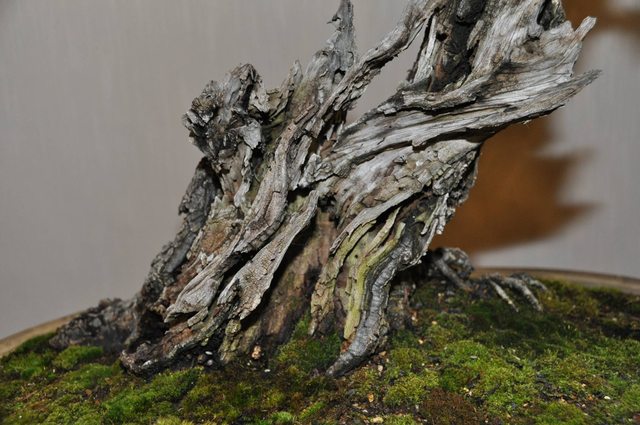 Nature’s deadwoood. I don’t think anyone could carve and age deadwood quite like this (not even Fracois Jeker). The photo is from the California Bonsai Society Exhibit at The Huntington Botanical Gardens. It was posted on the Internet Bonsai Club by alonsou. The photo is identified as QAkh61. Is the QA Quercus agrifolia (California live oak)?
Nature’s deadwoood. I don’t think anyone could carve and age deadwood quite like this (not even Fracois Jeker). The photo is from the California Bonsai Society Exhibit at The Huntington Botanical Gardens. It was posted on the Internet Bonsai Club by alonsou. The photo is identified as QAkh61. Is the QA Quercus agrifolia (California live oak)?
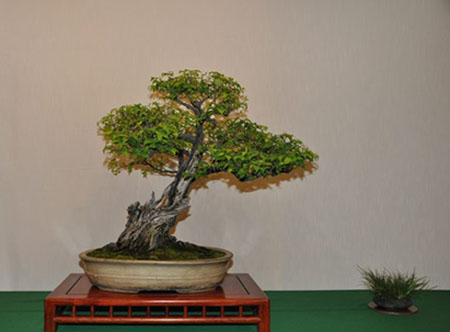 The whole tree (from above) with companion. The leaves are too fuzzy to tell what it is (for me at least).
The whole tree (from above) with companion. The leaves are too fuzzy to tell what it is (for me at least).
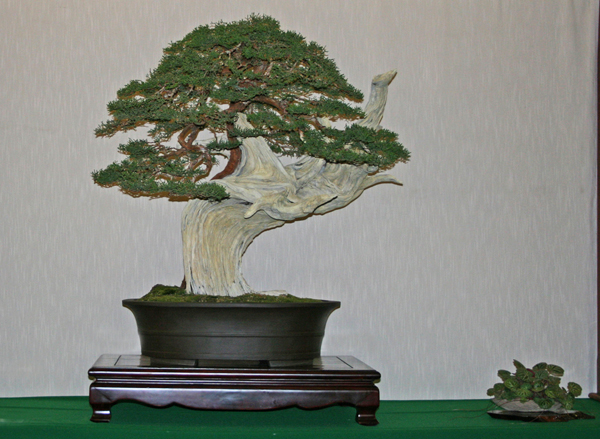 Today is the last day. Another tree from the CBS annual exhibition at the Huntington. This one belongs to David Nguy. The exhibit is going on right now (today, Sunday, is the last day).
Today is the last day. Another tree from the CBS annual exhibition at the Huntington. This one belongs to David Nguy. The exhibit is going on right now (today, Sunday, is the last day).
 While we’re on the West Coast. It’s always great to see bonsai clubs with up-to-date websites (I’d say less than half are, with some a year or two behind). Here’s your link.
While we’re on the West Coast. It’s always great to see bonsai clubs with up-to-date websites (I’d say less than half are, with some a year or two behind). Here’s your link.
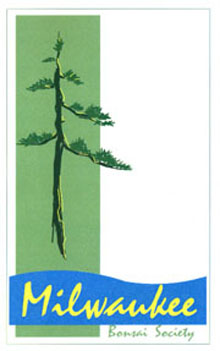 Another one that’s up to date. Listed events include the Michigan All-State Bonsai Show (May 12 & 13), the Chicago Botanical Garden Spring Show (May 19 & 20) and Milwaukee’s own 42nd Annual Bonsai Show (Sept 15, 16 & 17). .
Another one that’s up to date. Listed events include the Michigan All-State Bonsai Show (May 12 & 13), the Chicago Botanical Garden Spring Show (May 19 & 20) and Milwaukee’s own 42nd Annual Bonsai Show (Sept 15, 16 & 17). .
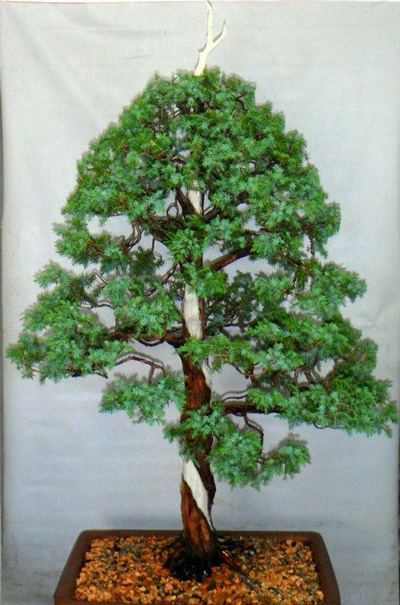 Barber pole bonsai. I found this unusual tree here. I’ll let you be the judge.
Barber pole bonsai. I found this unusual tree here. I’ll let you be the judge.
 Mark the date. From the Columbus Bonsai Societies Newsletter. If you can’t make this workshop, you can learn a lot from Andy’s DVDs: Finding the Bonsai Within and How to Collect Wild Trees.
Mark the date. From the Columbus Bonsai Societies Newsletter. If you can’t make this workshop, you can learn a lot from Andy’s DVDs: Finding the Bonsai Within and How to Collect Wild Trees.
